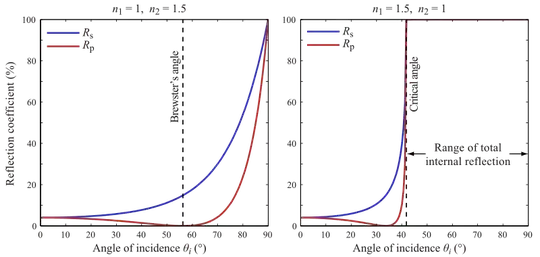I understand that light is guided in a dielectric waveguide via total internal reflection. My question is regarding the origin of power contained in the evanescent field traveling along the direction of propagation.
From Fresnel equation we get that the reflection coefficient is %100 for angles above or equal to the critical angle as shown in the following figure:

It is clear from the figure that no power is transmitted from medium 1 to medium 2.
However, from dielectric waveguide theory we know that some power is contained in medium 2 and we define the confinement factor which is a measure of amount of power confined in the core of the waveguide compared to the power contained in the evanescent field. The confinement factor is defined as following:
$$\Gamma = \dfrac{\int_{-L_x/2}^{L_x/2}| \mathcal{E}_x|^2dx}{\int_{-\infty}^{\infty}|\mathcal{E}_x|^2dx}$$
Therefore my question is how to reconcile the two facts that no power is transmitted into medium 2 and existence of power in medium 2 carried by the evanescent wave ?